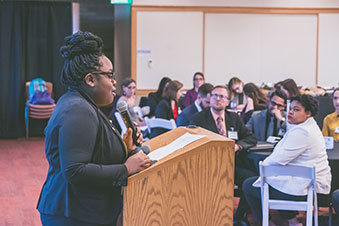Where Does Putin Go Next?
Russian President Vladimir Putin has a number of options to achieve his stated goals of reducing NATO’s footprint in Eastern Europe and eliminating Ukraine’s independent, pro-Western drift. Unfortunately for him, his military strategy to achieve the goals has initially produced the opposite effect. This is a “military exercise” and “I don’t want to attack Ukraine” are not credible on their face and highlight the dangerous, cynical expression of political power that threatens civilians, holds a country hostage, and disrupts the economies and peace of the democratic West.
The Putin build-up has produced:
- A renewed commitment to NATO with a step up in interest in joining, an increase in funding and transfer of equipment to frontline nations threatened by Russia.
- A shift in public opinion against Russia’s intentions and actions, including publics in the Ukraine and other frontline countries. New polling shows little support among Russians.
- American opinion now strongly dislikes Putin and identifies Russia as a threat. The military overreach has helped create a bipartisan commitment to sanctions. In addition, the administration is drawn back to the Atlantic Alliance and European affairs after a desire to focus on the Pacific China.
But, if the military show of force has not accomplished its purpose in the short run, the West should be prepared to see the long-term strategy, which will continue the effort to weaken NATO and the EU and undermine Ukraine’s economic and political institutions. An invasion was always a risky strategy, but Russia is a master of hybrid war, including cyber attacks, and Ukraine and other neighbors should be prepared.
Read The Crossley Forum:
Europe Tries to Head Off War, But Appeasement is Out
Russia’s Anti-NATO Behavior Backfires
Russian Aggression Costs It Support in Ukraine and Eastern Europe
Will Russia Attack Ukraine Civilians?
Americans Dislike Putin, Support Ukraine, But Don’t Want War



